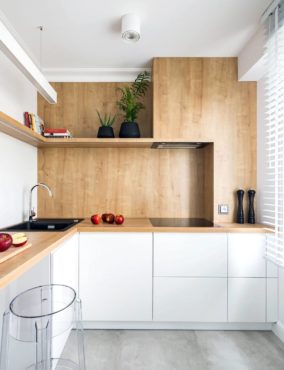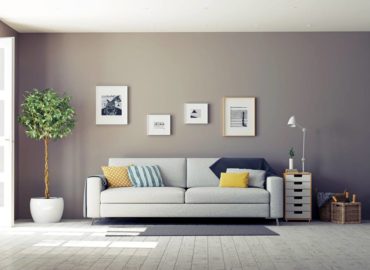While even entertaining the notion of an attempt at minimalism is panic-inducing for some, for others, the opportunity for the peace and simplicity it brings to the home and daily operations is just simply too tempting to ignore.
The trend toward more simple living is a product of our environment. City living has become more difficult for singles due to rising housing costs, while the slower pace of life in bedroom communities calls out to the near- retirement crowd.
Millennials, in many cases, are choosing to live “small” and travel, while the Gen-Xers tend to move toward downsizing as they begin to age, many times opting to give up the McMansion for a rambler with no stairs.
The question is, how do we get there from here? Imagine: 3,000 square feet. Four bedrooms. Three and a half baths. Family room. Three-car garage. One or maybe two flights of stairs. And the last child has just moved across the country. This is a prime example of how the thought process begins. Why on earth do we still have this giant house? And how can we possibly ever get all of this stuff into anywhere smaller?
Sweaty just thinking about it? Or perhaps thinking about a smaller place and travel?
It does all add up when you apply a cost/benefit type of analysis. Smaller, simpler living almost always means less property tax, time and maintenance. But the stuff? Where to begin?
 Do You Really Need It?
Do You Really Need It?
Cupboards and closets are many times chockfull of stuff, and nearly everyone has the “good stuff”— linens, china, glassware and the like — for entertaining. Maybe it was a wedding present. Maybe it was Great Grandmother’s. When was the last time it was used? Has it ever been?
Consider this: Could that item be sold to make a new memory or have an experience with a grandchild or loved one? The idea of minimalism is “living with less.” Less financial burden, which can translate to smaller homes. Getting rid of excess stuff and living life for the enjoyment and experience it brings, rather than having stuff.
As people age, the energy and time required for upkeep of homes is harder to come by, and not only that but the body begins to revolt as well. Polishing silver doesn’t sound nearly so appealing as a sunset cruise or a week on the beach, does it? While the silver is both beautiful and valuable, is it adding value to life?
Asking the question “Do I really need this?” is one way to begin critical thought about possessions. Advertisers are great at selling us stuff. “It’s amazing! It’s helpful! It’s the most amazing whatzit you simply cannot live without!” is shouted out hundreds of times a day. We are simply bombarded. But folks have gotten smarter, both about their things and their money.
How to Start Downsizing
Here are a few easy ways to get started.
- Set a goal. Make it a yours — there is no wrong way. It might be less shopping or getting rid of some items. Focus on your passions and get rid of whatever gets in the way.
- Can your home help? Maybe downsizing is a great choice, but always consider that decluttering might have the same end result in peace and simplicity.
- Get rid of the obvious things first, and then perhaps hide some items that could be lived without for a few months. After some distance, those things might not seem quite so important.
- Ask yourself constantly, “Do I really need this?” Before that swipe is made, the realization may come that those items aren’t needs but habits.
- When purchasing items, spend a little more on quality versus quantity. Living in a home with a few quality pieces that speak to the soul, rather than one filled with items that really don’t mean much, is a good investment.
- Don’t give up. It is a process to decide what minimalism means to each individual and how much or little to embrace it. While minimalist is not a lifestyle choice for everyone, there is no one who cannot benefit from introspective thought about possessions and what they mean to our lives.



























